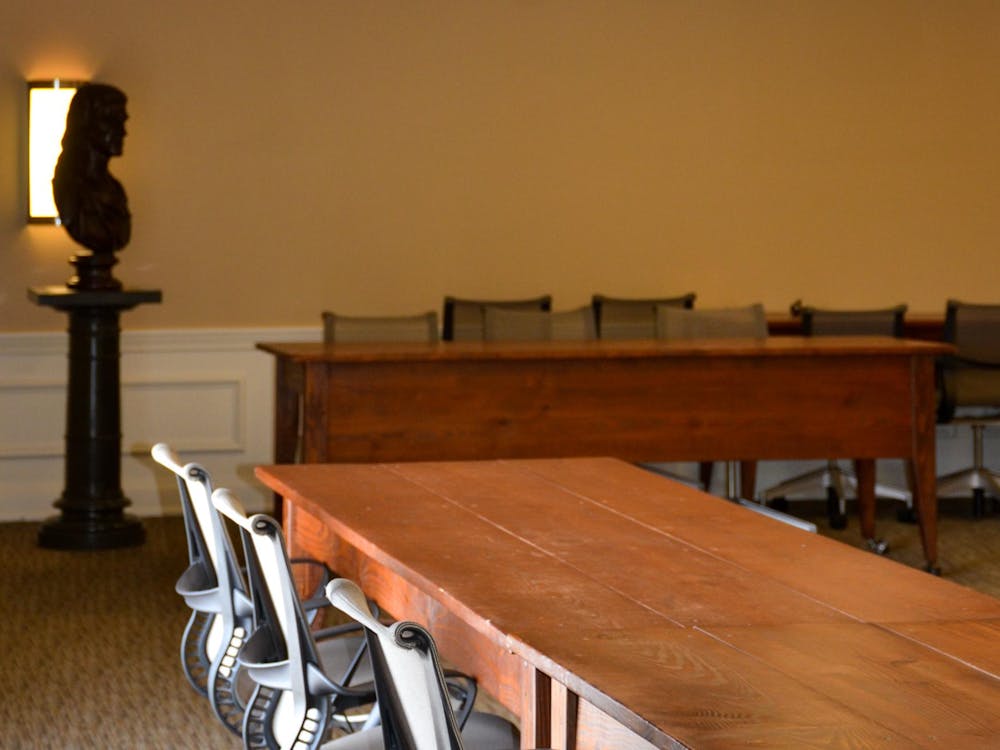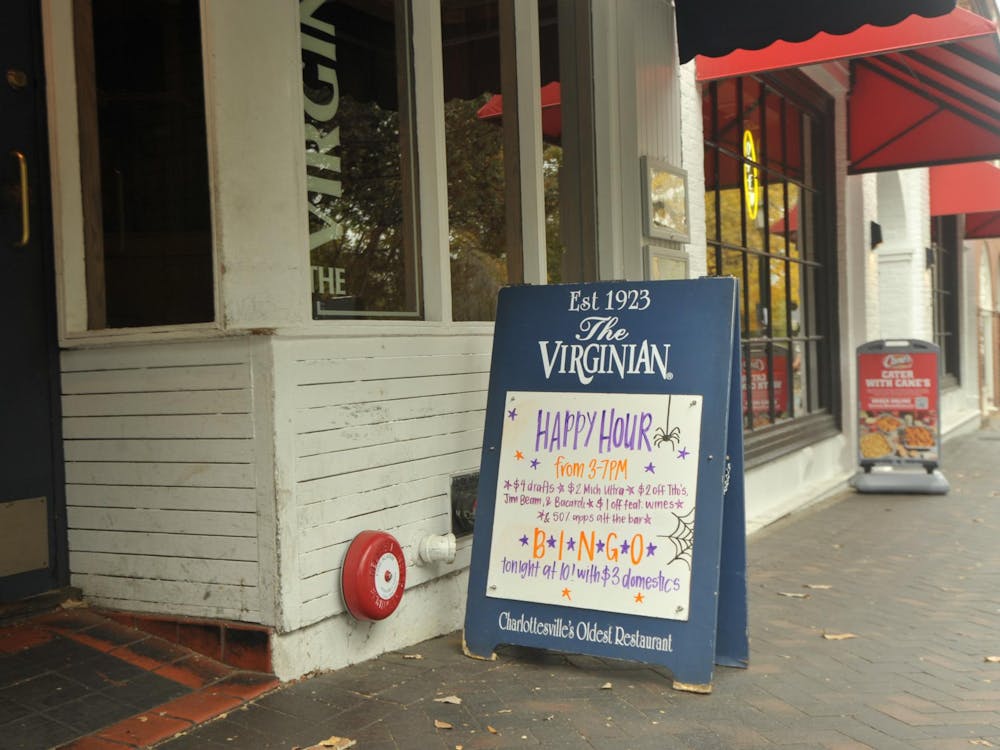CampusGrotto, a national news college website, released its latest edition of the 100 most expensive colleges in America last Monday. The University - like all public colleges and universities - did not feature in the rankings, although total costs of attendance have risen overall for public universities than for private ones during the past 10 years.
Sarah Lawrence College, New York University and Wesleyan University took the top three spots on the list, with attendance costs for undergraduate students totaling $56,420, $53,589 and $53,406 at each institution.
Several notable changes in the rankings occurred compared to those released for the 2009-10 academic year.
Some of the most significant decreases included Colgate University, which fell 31 spots to No. 44, and Skidmore College, which fell 50 spots to No. 55 on the list.
On the opposite end of the spectrum, Fordham University experienced a climb of 24 spots at two of its three campuses, Lincoln Center and Rose Hill, which ended up at Nos. 23 and 29, respectively. Meanwhile, George Washington University and Georgetown University dropped six and eight spots to No. 9 and No. 15, respectively.
No public colleges or universities made it onto CampusGrotto's list. Nevertheless, the rate at which tuition is increasing at public universities is faster than the rate of increase at private universities - the average price of attendance at in-state schools yielded an increase of 46.1 percent between the years of 2000-01 and 2009-10 academic years, compared to 30.8 percent at private universities during the same period.
Colette Sheehy, the University's vice president for management and budget, attributes this trend to dwindling support from state governments.
"U.Va.'s tuition increases are heavily influenced by actions of the commonwealth," she said. "The state has reduced its support for the University over the last nine years by almost $90 million."
To compensate for those losses, the University has increased its tuition by an average of 6 percent every year for the past 21 years.
The list ranks the schools with the highest cost of attendance, which is calculated by taking the sum of tuition plus room and board. Miscellaneous costs distinctive to each college, such as student health and major fees, are not included in the calculations. If a university does not provide an estimated cost for room and board because variance in housing, the cost of living at a typical freshman dormitory at that university is used.
Because CampusGrotto's rankings are often cited by members of the media, officials at various universities may take particular notice of their institutions' ranks.
"Administrators are definitely interested in where they place," CampusGrotto blog author Ted Reimers said. "Colleges try to brush off any bad PR from being ranked high on the list."
Officials at schools such as George Washington University and Georgetown are proud of dropping in the rankings, he said, as such a decrease can be a testament to their efforts to lower costs.
CampusGrotto collects this data every first week in October from the websites of each individual university. That data is then placed into a spreadsheet, where the schools can easily be ranked by cost.
The list, however, does not reflect other idiosyncrasies in a college's overall costs - George Washington University, for example, charges undergraduates students the same tuition for up to 10 semesters. In addition, the rankings do not reflect how much financial aid students at each university receive. CampusGrotto officials hopes to be able to adjust their future lists to reflect average grants provided by the universities to their students.
"It is a long, tedious process but well worth the effort when we can expose these outrageous costs," Reimers said.






